한식 읽기 좋은 날
Vol 52. Soil, the Foundation of HANSIK
Seongju Sweet Melon Experience Theme Park
Foodie travels
The chamoe, which is characterized by its bright yellow color, sweet scent, and crunchiness, is one of Korea’s major summer fruits. It ripens in June and is grown primarily in Seongju-gun, Gyeongsangbuk-do. If you wish to learn more about the chamoe, how about taking a trip to the Seongju Sweet Melon Experience Theme Park?
Article & photos Jang Seongnyeong (freelance travel writer)
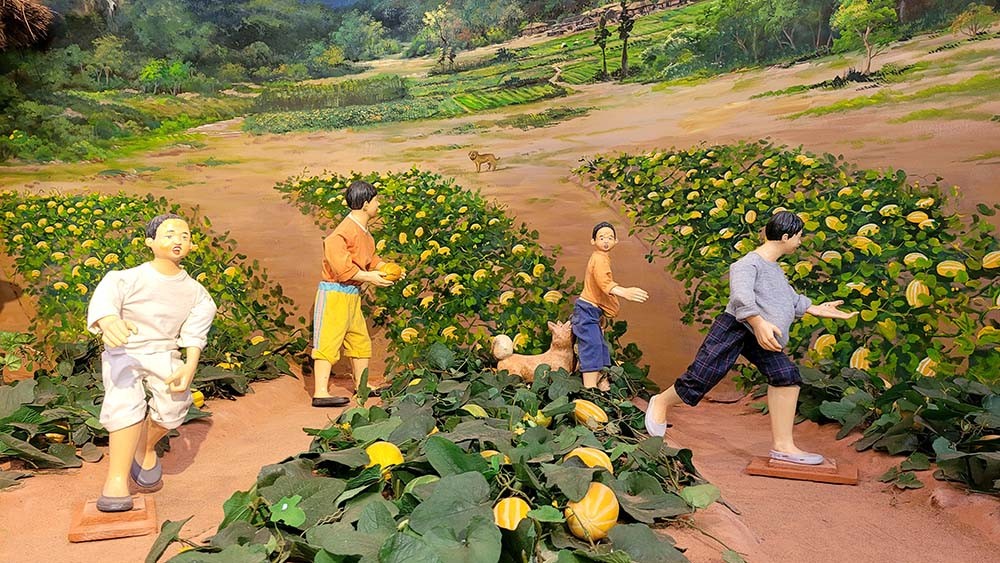
Home of the Korean melon: Seongju, Gyeongsangbuk-do Province
Once you exit the Seongju IC from the Jungbu Naeryuk Expressway, you will see a building with a giant Korean melon figure on its roof. The Seongju Sweet Melon Experience Theme Park, which is jointly operated by the Seongju Agriculture Technology Center and Seongju-gun Office, was founded as a year-round center for interactive fun and learning that introduces the history of Korean melons, tools used to cultivate melons, and foods made with melons.
The chamoe is a melon that, today, is grown only in Korea. In the past, it was grown in China and Japan, where it has now been entirely pushed aside by Western melons. The chamoe has the same scientific name as the Western melon: the melon, having originated in northeast Africa, is divided into Western and Eastern varieties. The chamoe that we see in grocery stores and supermarkets is a unique, independently-developed Korean variety. Because it is not cultivated anywhere else in the world, it is referred to as the “Korean Seongju is Korea's largest chamoe-growing region, accounting for 70 percent of the national total. Of Seongju's population of 42,000 people, 3,800 farms cultivate chamoe on a total of 3,400 hectares of farmland. Of these, 1,612 farms gained an annual profit of at least KRW 100 million. Even with COVID-19, Seongju-gun achieved an average of KRW 500 million annually throughout the pandemic: 327 tons of chamoe were exported to Japan, Hong Kong, Taiwan, Malaysia, and Singapore.
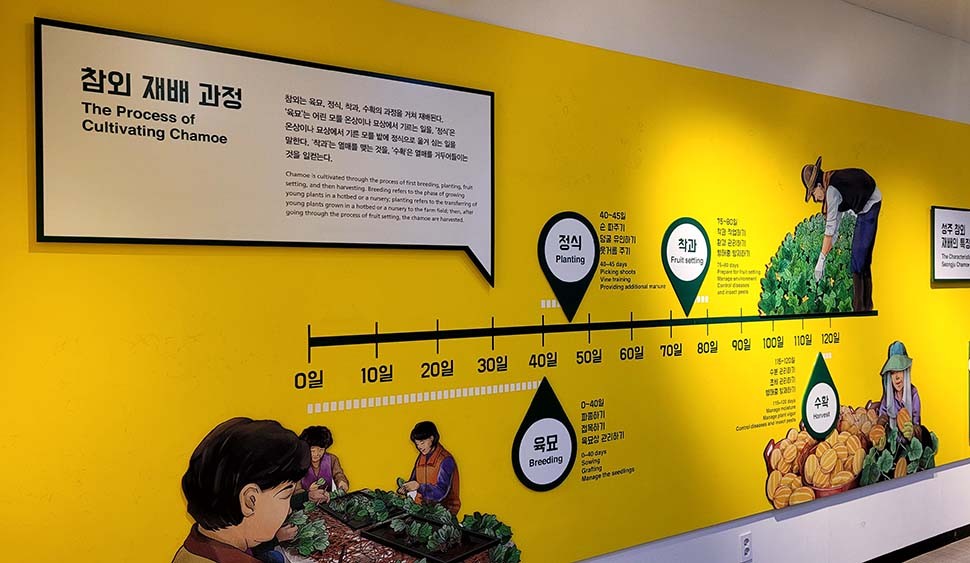
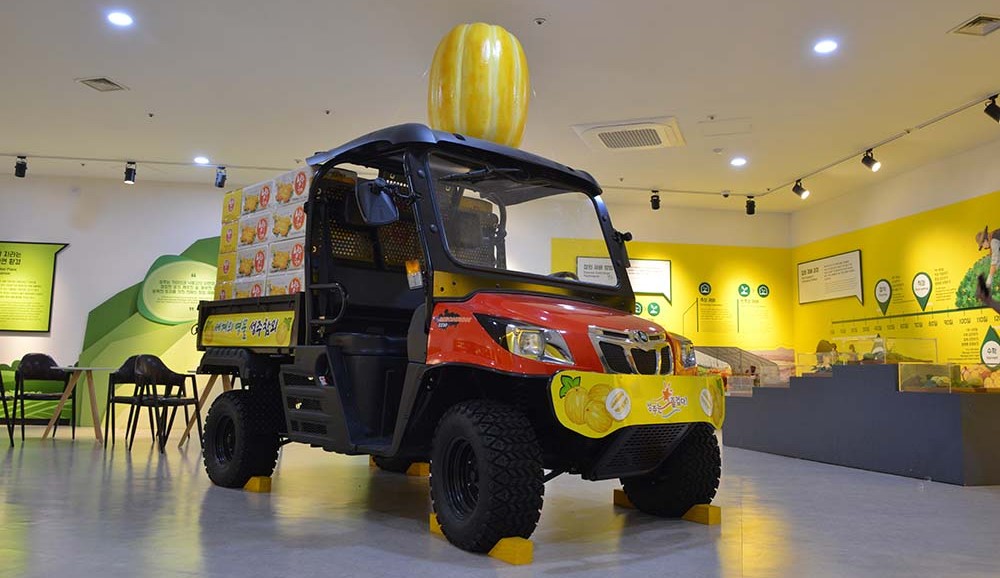
“Please bring to me the person who cultivated this chamoe”
There is a well-known anecdote about former President Park Chung Hee and Seongju’s chamoe. While enjoying a chamoe one day, Park noted its unusual flavor and asked where it was from. The chamoe that Park was referring to was from a farm in Seongju that also happened to supply a golf course owned by Lee Byeong-cheol, the chairman of Samsung Group. Lee informed Park that the melon was grown in Gyeongsangbuk-do, after which Park requested that the farmer be brought to Cheongwadae (Korean presidential mansion, also known as “Blue House”). In 1976, the farmer was invited to the presidential mansion.
Seongju-gun became Korea’s largest chamoe-producing region for one reason: its optimum growing conditions. Generally, fruits and vegetables require plenty of sunlight, nutrient-rich soil, clean water, and as few natural disasters (i.e. flooding) as possible. Seongju has all four qualities: located 30 kilometers southwest of Daegu and deep within the mountainous area of southwestern Gyeongsangbukdo, Seongju has the clean waters of the beautiful Gayasan Mountain and plenty of sunlight. Bordered by the Nakdonggang River, one of Korea’s four major rivers, Seongju-gun has access to clean subterranean water for all of its farmland.
Furthermore, its soil is silt loam, meaning that it is thick and rich in nutrients. All of these natural advantages, its sophisticated drainage system, and cultivation technologies based on over 50 years of experience make Seongju-gun the best place in Korea to grow chamoe. Through ecofriendly farming techniques, chamoe grown in Seongju-gun have an attractive shape and color and a unique flavor that now, literally, cannot be found anywhere else in the world.
Relaxation, hands-on fun, and education all in one place
The Seongju Sweet Melon Experience Theme Park explains, in a fun and easy-to-understand way, how Seongju-gun became Korea’s largest chamoe producer and offers play areas decorated with a chamoe motif. First, there is a children’s interactive zone next to the fountain in front of the building that features an indoor play area, mini-library, photo zone, and baby play area. After walking through a chamoe-shaped hallway, visitors will see a large model of farmers cultivating chamoe. To the left is an easy-to-read description of the chamoe’s history, how chamoe is cultivated in Seongju-gun, why Seongju-gun is best-suited for growing chamoe, and the chamoe’s characteristics. There is also a wall covered with a touchscreen game for children. A “chamoe truck” topped with a model of a chamoe and filled with boxes is a fun exhibit for all ages.
After touring the exhibition hall, visitors can go next-door to a small, greenhouse-like botanical garden with 30 types of trees/shrubbery and 20 types of flowering plants that are not readily found in Korea, including myrtle-leafed orange trees, philodendrons, mangoes, papayas, guavas, various types of cacti (golden barrel cacti, Euphoria polygona (snowflake cactus), and mink cactus), and the fire-resistant Japanese viburnum. At the center of the garden is a space for visitors to rest while enjoying a foot bath, a small artificial waterfall, and a photo zone.
After leaving the garden, visitors will see a building labeled “Stories of Seongju Residents.” The building displays the history of Seongju-gun and an easy-to-understand diorama of the history and development of the chamoe. There are also exhibits on ancient farming tools and an interactive zone for hosting chamoe-related events.
The grassy plaza, outdoor fountain, playground, research building, future plant nursery, and agricultural technology center ensure that the Seongju Sweet Melon Experience Theme Park is family-friendly, offering relaxation, interactive experiences, and education for all ages.
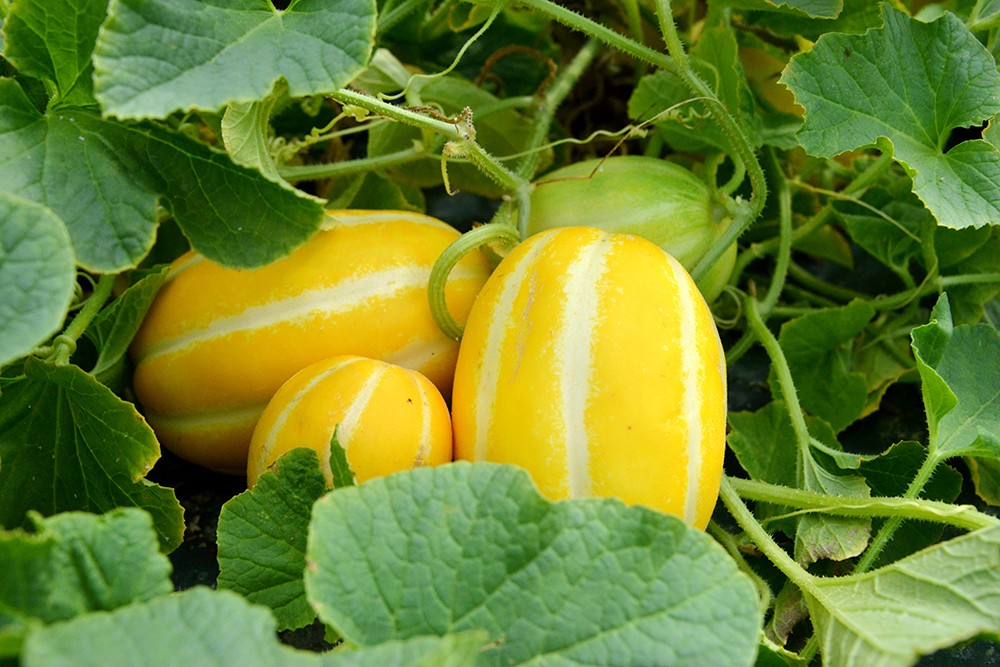
Other attractions
In addition to the Seongju Sweet Melon Experience Theme Park, Seongju-gun has several other attractions that are collectively called the “Eight Sights of Seongju-gun.” After leaving the theme park, drive for 10 minutes toward Oegwan to reach Hangae Village, a traditional village that has maintained its historical features while remaining livable for its residents. The village is positioned in a way that is believed to be auspicious according to the laws of feng shui: namely, backed by Yeongchwisan Mountain and with a stream (Baekcheon) in front. While taking a walk through the village’s traditional houses and low, picturesque mud-and-stone walls, you will feel as if you have stepped back in time.
The picturesque Pocheon Stream is located a 20-minute drive from Hangae Village. Located deep in the mountains, it is a wonderful place to go during the summer, when it bustles with visitors on weekdays as well as weekends. Seongju-gun History Theme Park and Seongbaksup Forest are located on the way from Hangae Village to Pocheon Stream.
Seongbaksup Forest offers a unique view made up of 50 willow trees that are approximately 300 to 500 years old and a large colony of lilyturf. The Seongbaksup Forest Hope Trail Forest project, which was conducted to raise the spirits of local residents exhausted by the COVID-19 pandemic and attract tourists, resulted in the forest being included in the Ministry of Culture, Sports and Tourism’s 100 Must-Visit Contactless Tourist Sites for 2020.
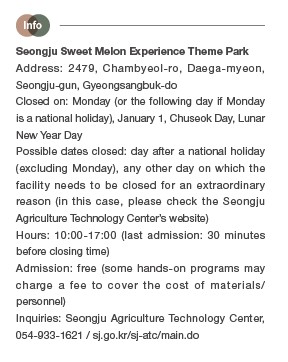

 한국어
한국어
 English
English






